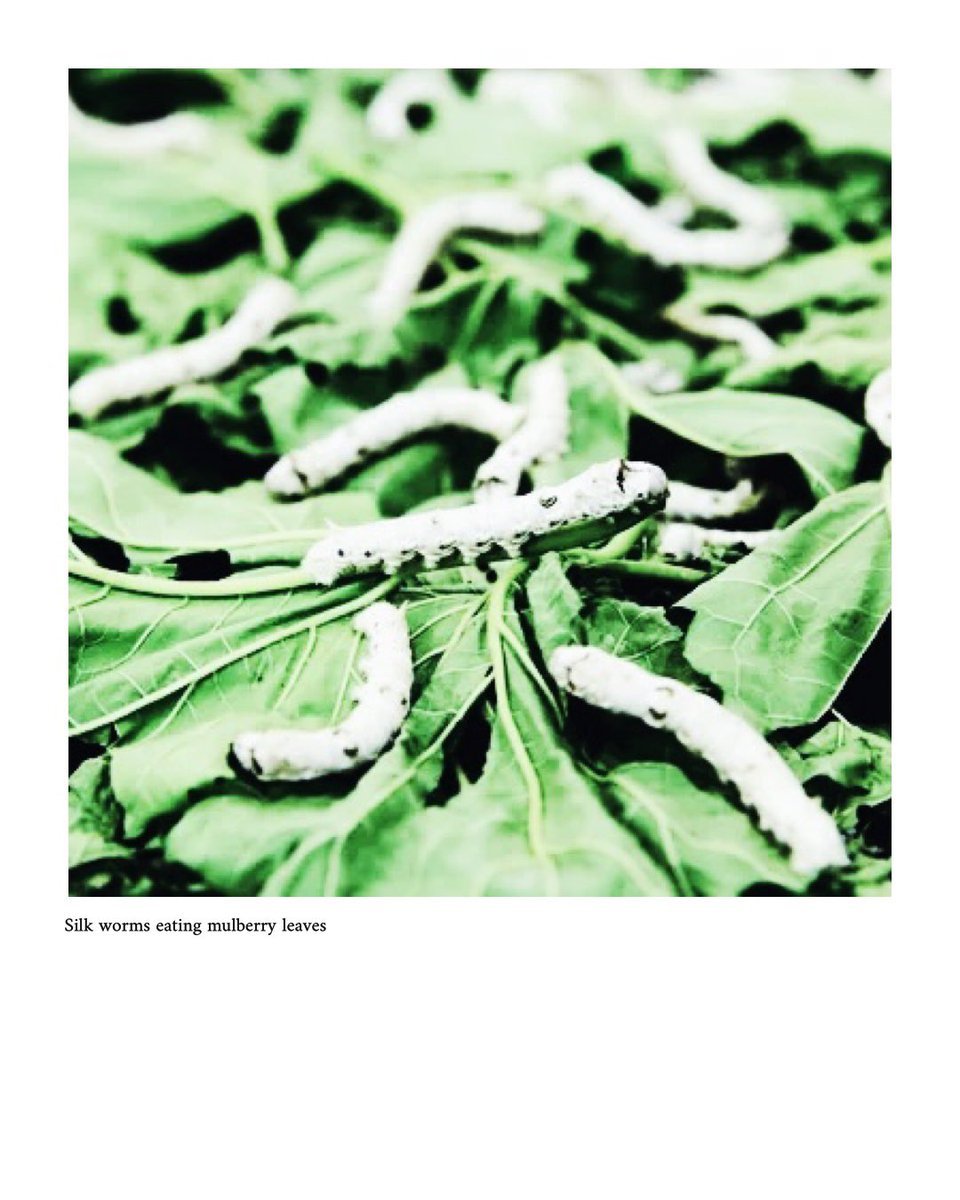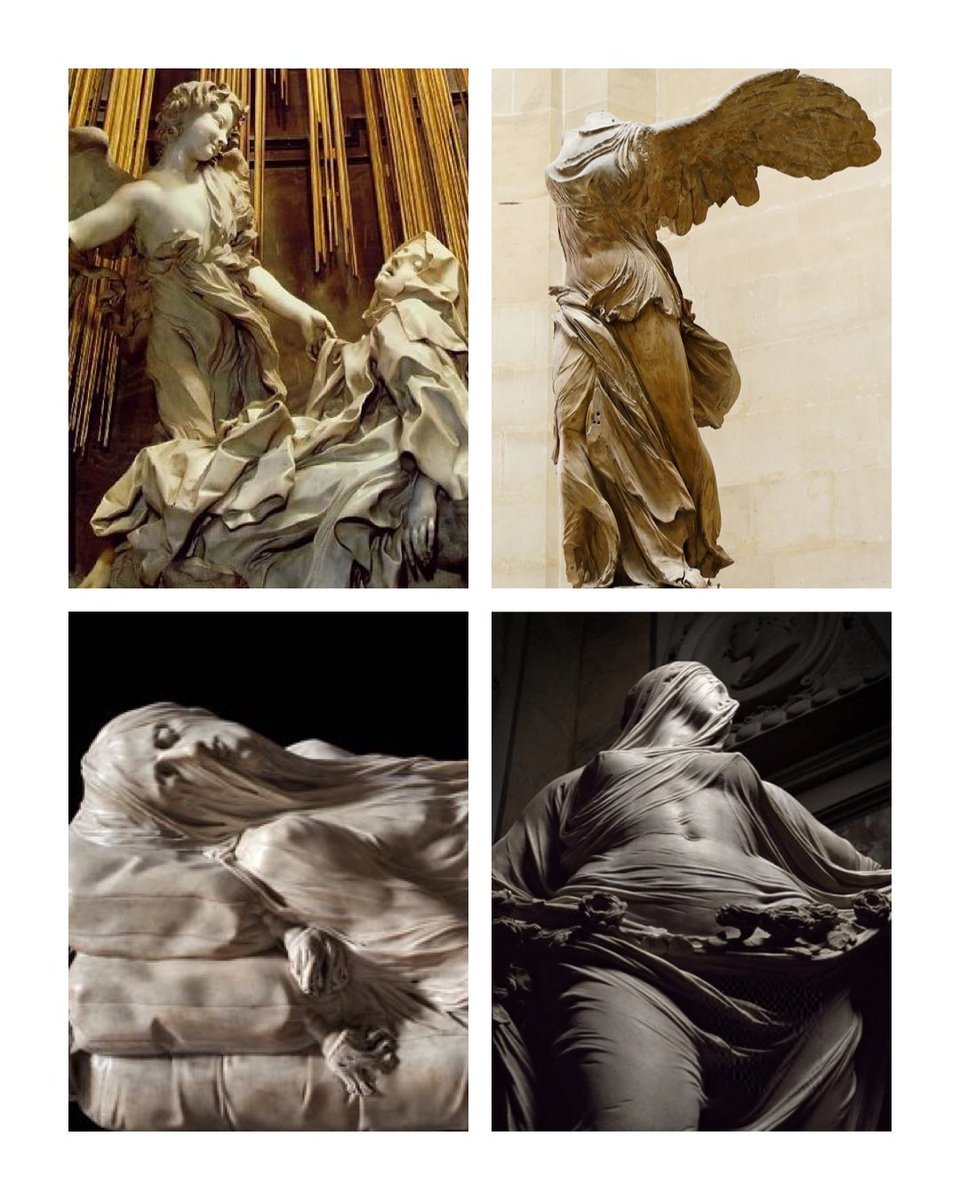A Brief History of Silk
Silk has a long history in the canon of art history…There is an elegance to the way it plays with light & the human body. It can represent power, wealth, eroticism, innocence & religion. It is the strongest fabric in the world & is simply just beautiful. The Legend says that silk was discovered around 2700 BC in ancient China. The discovery of silk was observed by the philosopher Confucius. According to his tale, the Chinese Empress Leizu, discovered silk by accident when a silkworm cocoon dropped into her cup of tea. Hot water softens the silk fiber, the cocoon began to lose its cohesiveness. When Leizu removed the cocoon from her teacup, the end of the silk thread had loosened and began to unravel. She noticed that the cocoon was made out of a single long strand of silk.The allure of Chinese silk did not go unnoticed and it became one of chinas chief exports, transported along the longest trade route in the world, known as the SILK ROAD, which was a vast network connecting Eurasia and North Africa via land and sea routes.
Silk was as a luxurious good, due to its shimmer, lasting quality, and beautiful drape, it became an instant status symbol. The creation of silk fabrics requires a lot of labor and resources. The process of harvesting these cocoons for silk is called sericulture.Unlike cotton or hemp, which are plant fibers, silk is a protein fiber made from the saliva of silkworms, a small insect scientifically known as the Bombyx mori moth. Early in a silkworm’s lifecycle, it can spin silk in one unbroken single thread from spinnerets on its head. Farmers create a place for the moths to lay their eggs . They are then fed mulberry leaves, and after roughly 35 days of growing they make their cocoon. Once the cocoon is complete, they are boiled to blunt the natural chemical called sericin, which hardens the fabric, it then allows the farmers to unravel the cocoon into a long silk string sometimes spanning hundreds of yards which is then spooled and used to weave
SILK PAINTING: For centuries, the Chinese culture created exquisite paintings that displayed their rich history. Using stone to smooth the surface of the silk, they would use colorful pigments & ink to paint beautiful forms of art.
SILK RUGS: With the conquest of Iranian region by the Persian Empire in 539 BC, woven carpets, which are a tradition of the ancient cultures living here, attracted great attention and were passed on as a beautiful heritage. The most luxurious and expensive material used to weave these intricate designs & ancient geometric symbols were gold & silk. Vermeer painted a Persian rug in one of his 36 surviving paintings.
SILK IN PAINTING Art reflects how luxurious fabrics were woven into our culture, filling palaces, churches, interiors, and symbolizing subjects as varied as wealth, status, sexuality, innocence and the holy spirit.
SILK IN MARBLE Silk tricky to sculpt, but done right, it is masterful, fluid & engaging. Many of the great sculptors in our history mastered the technique of carving silk with soft beautiful marbles & it would bring the sculpture to life.
A Brief Overview of Silk in Art
Top left: The Swing by Jean-Honoré Fragonard. Top right: Van Eyck’s Mary from the Ghent Altarpiece.
Bottom left Adelaide labille-Guiard Self Portrait. Bottom right The Nightmare by john Henry Fuseli
Top left. Gianlorenzo Bernini: The Ecstasy and the Agony of St Theresa Top right. The Winged Victory of Samothrace”
Bottom left. Giuseppe Sanmartino - the veiled christ Bottom right. Antonio Corradini- Veiled woman









